How Long Do Batteries Last In Smart Locks?
The lifespan of batteries in smart locks is a key consideration for homeowners and businesses looking to invest in this convenient technology. Understanding how long batteries typically last and what factors can influence their longevity can help users make informed decisions and optimize the performance of their smart locks.
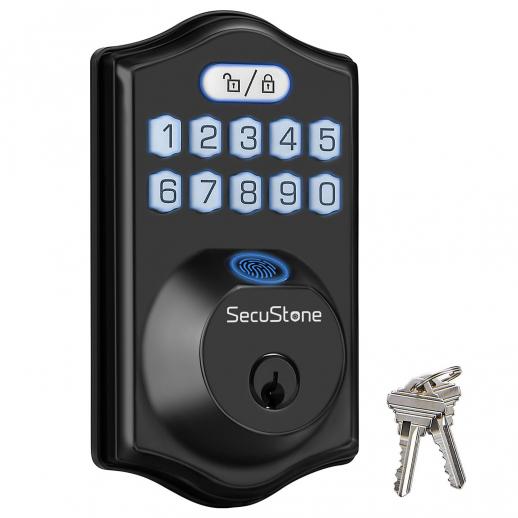
Smart locks are an innovation in home security, integrating advanced technology with traditional locking mechanisms. One critical component of these devices is their power source, often AA or AAA batteries, though some models use rechargeable lithium-ion batteries. The longevity of these batteries depends on various factors, including the brand and model of the smart lock, the frequency of use, and additional features such as Wi-Fi connectivity and biometric scanning.
Typical Battery Lifespan in Smart Locks
On average, the batteries in smart locks last between six months to one year. This range can vary broadly based on usage patterns and specific device requirements. For instance:
1. Basic Smart Locks: These models, which typically rely on Bluetooth and infrequent wireless communication, can see batteries last up to one year with moderate use.
2. Wi-Fi Enabled Smart Locks: These often feature more advanced capabilities and offer continuous connectivity, leading to higher battery consumption. In these cases, batteries might need replacement every six months.
3. High-Traffic Areas: Smart locks installed in high-traffic areas, such as commercial buildings or busy households, will experience more frequent battery drain due to the constant use.
Factors Affecting Battery Life
Several key factors influence how long batteries will last in a smart lock:
1. Usage Frequency: The more often a smart lock is engaged, the faster the battery will deplete. High-frequency use can significantly reduce battery life compared to lower usage scenarios.
2. Connectivity and Features: Smart locks with continuous Wi-Fi or Bluetooth connectivity drain batteries faster. Models with additional features like cameras, microphones, or biometric sensors also consume more power.
3. Environmental Conditions: Temperature extremes can impact battery performance. Cold weather can slow battery chemical reactions, reducing output and lifespan, while high temperatures can cause faster wear and tear.
4. Battery Quality: The type and quality of batteries used can affect lifespan. High-quality, brand-name batteries generally offer longer performance than cheaper, off-brand alternatives.
5. Lock Mechanics: The mechanism of the lock itself – how much force is required to operate it – can also influence battery drain. Smoothly operating locks will use less energy per cycle compared to those with more resistance or rougher mechanics.
Tips to Extend Battery Life
To maximize the battery life of your smart lock, consider the following tips:
1. Optimize Settings: Adjust settings to balance performance with power consumption. For instance, reducing the frequency of status update checks or opting for Bluetooth over Wi-Fi when possible can help conserve power.
2. Regular Maintenance: Ensure your smart lock and its components are clean and well-lubricated for smooth operation. This reduces the mechanical strain on the lock, helping to save battery power.
3. Use High-Quality Batteries: Invest in high-quality, reputable battery brands. They offer consistent power delivery and longer lifespan, ensuring reliable performance of your smart lock.
4. Firmware Updates: Keep your smart lock’s firmware updated. Manufacturers often release updates that can optimize power consumption and improve overall efficiency.
5. Monitor Battery Levels: Regularly check the battery level through the smart lock’s app or interface. Many smart locks provide low-battery alerts, giving you ample time to replace batteries before they fail.
6. Temperature Management: If possible, avoid installing smart locks in areas subject to extreme temperature fluctuations. Protecting the lock from the elements can help maintain battery efficiency.
Advanced Solutions: Rechargeable Batteries and Power Options
Some smart lock models now feature rechargeable batteries, providing an environmentally friendly alternative to disposable batteries. Here’s what you need to know about these options:
1. Rechargeable Batteries: These can be recharged multiple times, reducing waste and offering a long-term cost-saving option. While the initial investment may be higher, the recurring cost and environmental benefits make them a viable option for many users.
2. External Power Sources: Certain advanced smart locks can connect to external power sources, such as solar panels or electrical wiring, providing a more permanent solution to power needs. These options are particularly useful for commercial applications where continuous power is essential.
The lifespan of batteries in smart locks varies widely, impacted by usage frequency, connectivity, environmental conditions, and the quality of the batteries used. On average, smart lock batteries will last from six months to a year, but high-traffic areas or locks with constant Wi-Fi connectivity may see shorter durations.
By understanding the factors that influence battery life and adopting best practices for maintenance and power management, users can extend the operational time of their smart locks and ensure consistent performance. Considering advanced solutions such as rechargeable batteries or external power options can provide additional reliability and convenience.
For those investing in smart lock technology, staying informed about battery performance and taking proactive steps to maintain power efficiency will lead to a better, more secure experience. Whether for home use or commercial applications, understanding these dynamics is crucial for getting the most out of your smart lock system.




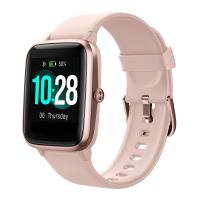
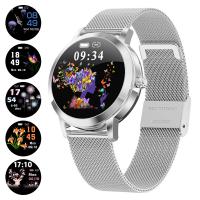

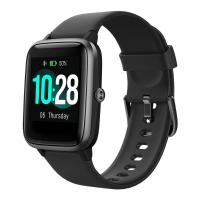
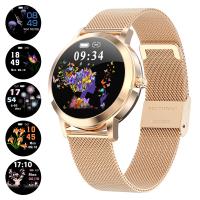

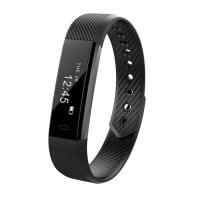
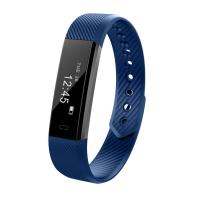

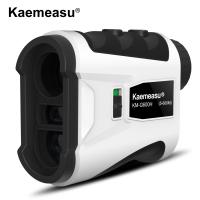


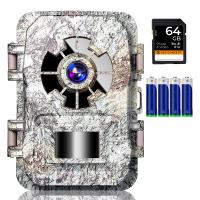





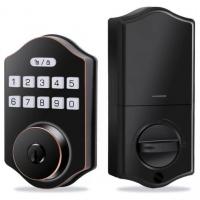

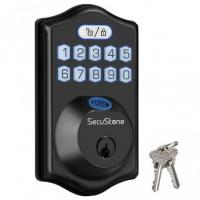

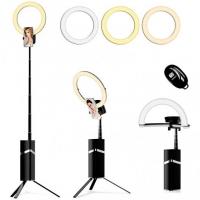



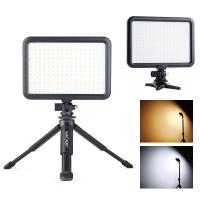



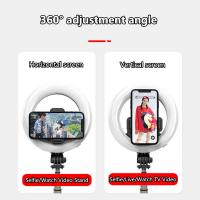
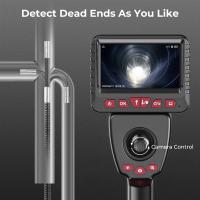

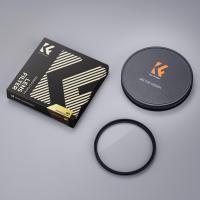

There are no comments for this blog.